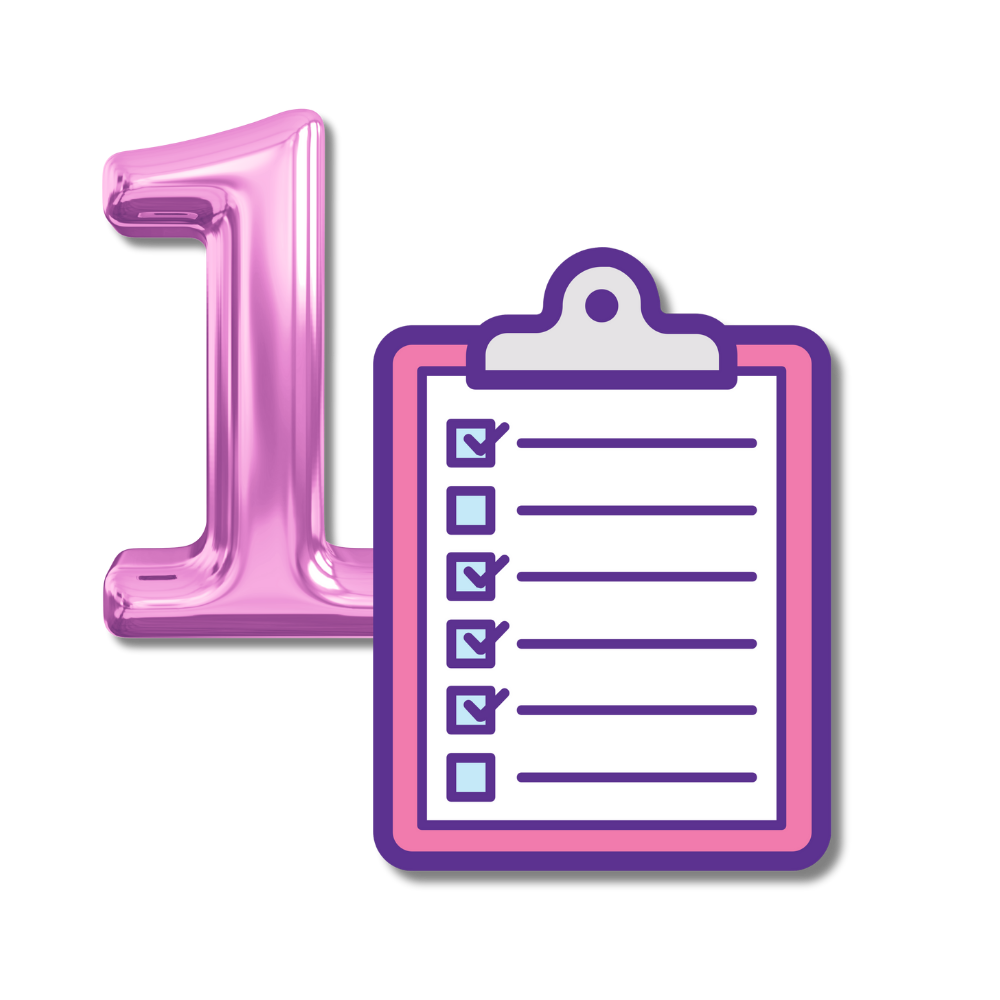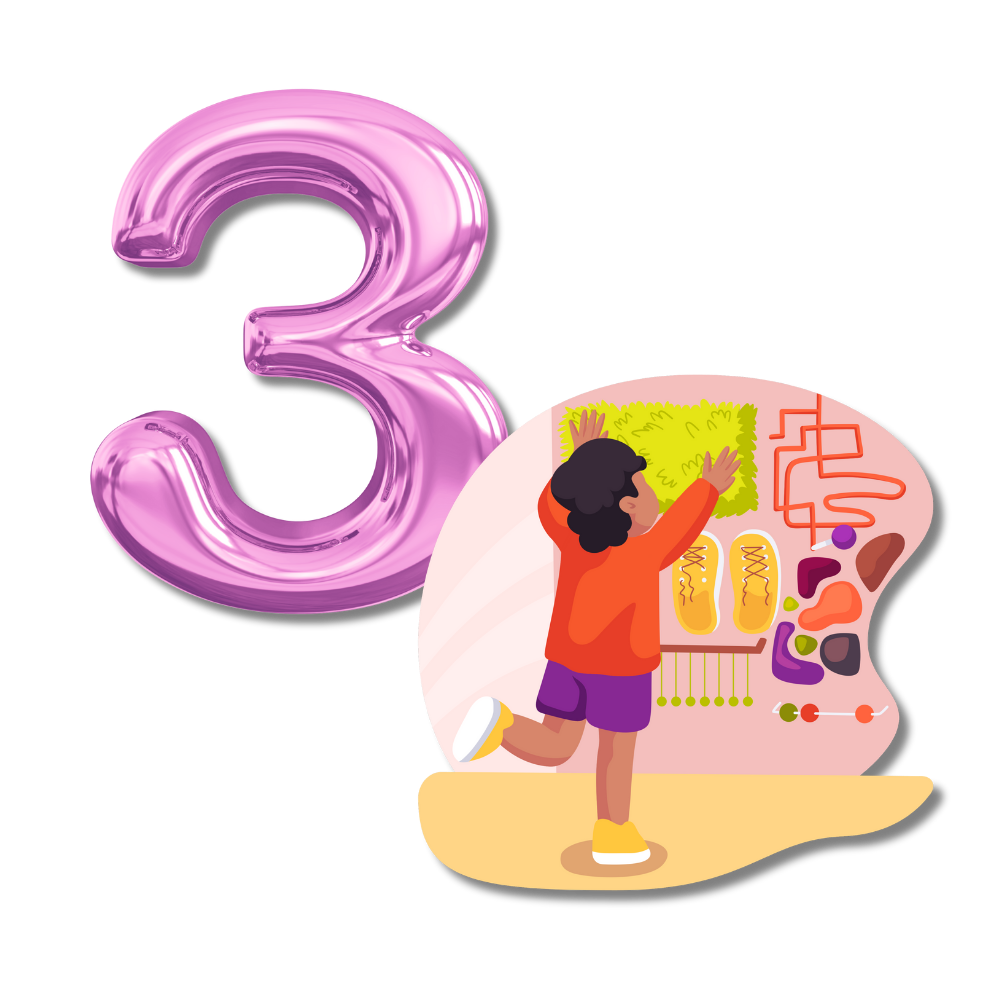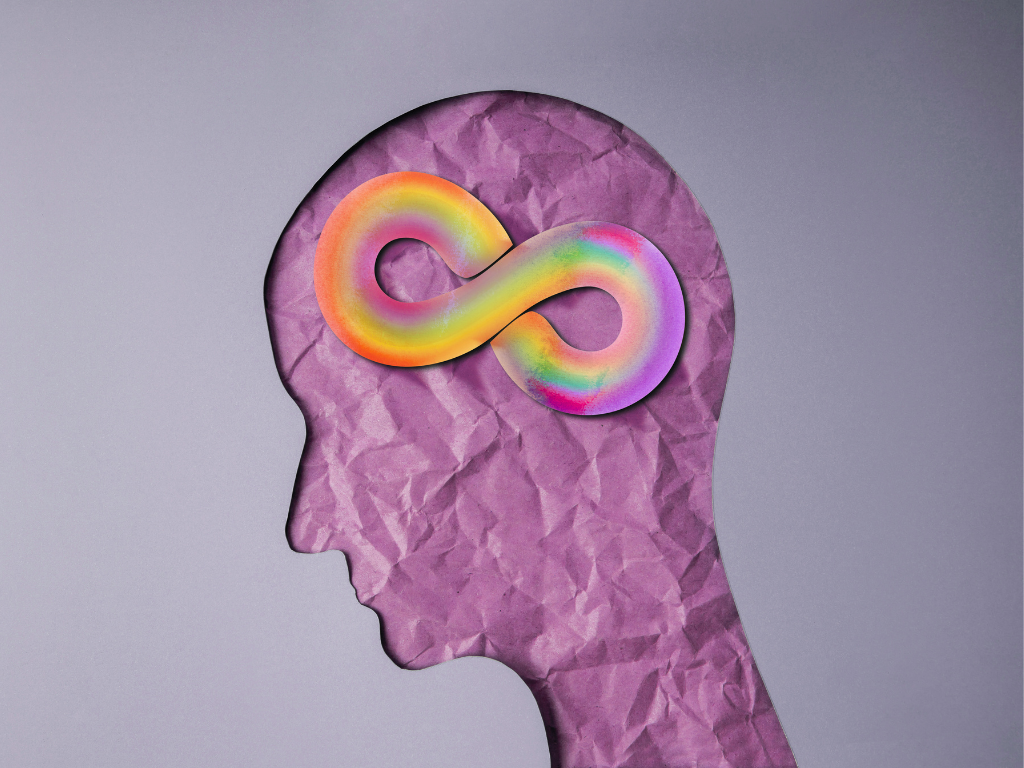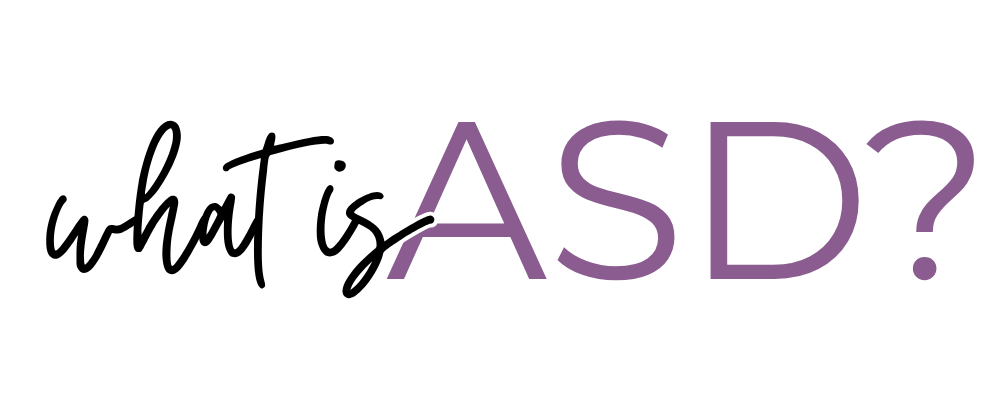
with a heart posture of service, we uphold integrity and intention every step of the way.

Our Foundation is Built on the Science.
ABA is a person-centered approach that analyzes the individual within their natural environment. This evidence-based treatment approach identifies the needs specific to the person, as well as the supports needed to improve the behavior and teach new skills.
DTT is a structured ABA technique that breaks down skills into small, “discrete” components. Systematically, the trainer teaches these skills one by one. Along the way, trainers use tangible reinforcements for desired behavior.
Our Process is Powered by Our Heart Formula.
After receiving the diagnosis & ABA Services are approved, we have 3 Easy Steps to help your loved one foster independence and confidence in their daily lives.
-
Your ABA provider will begin with the initial steps before services begin. Serving your family and loved one involves a comprehensive assessment to identify their strengths, vulnerabilities, challenges that interfere with learning, and specific needs to in order to thrive.
This assessment has both indirect and direct components.
Indirect assessment may include interviews with caregivers and other service providers, as well as standardized assessments.
Direct assessment may involve observing your child in various contexts and environments.
-
Once the assessment is completed, our clinical team will collaborate closely with your family to create a customized treatment plan for your loved one in need of services.
This plan will detail the intervention strategies, techniques, and protocols that will be used to support their development by targeting specific behavioral and skill development goals.
-
Our skilled and experienced behavior technicians will work one-on-one with your loved one to implement the treatment plan under the supervision of a Board Certified Behavior Analyst.
They will use evidence-based ABA techniques to teach new skills (such as verbal behavior, social skills, leisure skills, community skills, and self-management), reduce symptoms of nervous system dysregulation (often referred to as challenging behaviors), and increase appropriate replacement behaviors.
These techniques may include discrete trial training, naturalistic teaching, verbal behavior approaches, and social skills training, among others.
Autism spectrum disorder is a neurological and developmental disorder that affects how people interact with others, communicate, learn, and behave.
-
Prevalence
According to the CDC's Autism and Developmental Disabilities Monitoring (ADDM) Network, 1 in 36 children in the United States have ASD, which is up from 1 in 44 in 2021. This estimate is based on data collected in 2020 from 8-year-old children living in 11 ADDM Network sites. ASD is also more common in boys than girls, with a ratio of 3.8 to 1.
-
Causes
ASD is highly heritable and involves many genetic and environmental factors, including rare and common variants. About 15% of cases can be linked to a specific gene mutation.
-
Diagnostics
There is no diagnostic test for ASD, so diagnoses are based on a child's developmental history and observed behaviors.
-
Interventions
Psychosocial interventions can improve communication and social skills for autistic people and their caregivers, which can positively impact their well-being and quality of life.








